#marc davis
Text
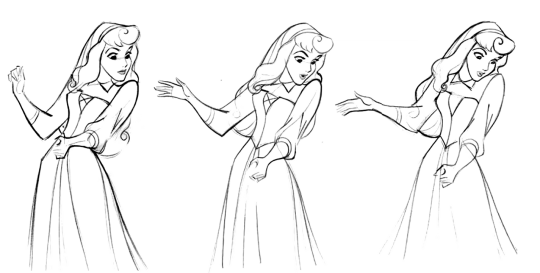
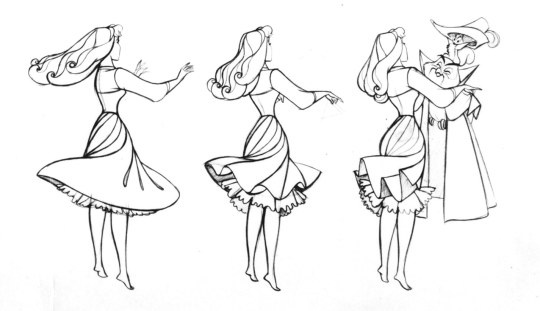

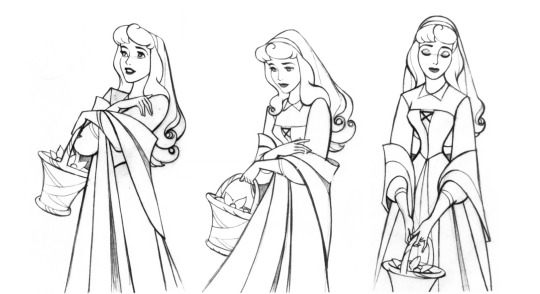
Animation drawings for Sleeping Beauty by Marc Davis
#disney#sleeping beauty#marc davis#animation drawing#animation#animation art#art#artwork#illustration#disney animation#disney concept art#concept art
3K notes
·
View notes
Text

Marc Davis's concept art for Disney's Chanticleer/Reynard project (later reworked into Robin Hood)
4K notes
·
View notes
Text




Disneyland’s Haunted Mansion stretching room portraits - Designed by Marc Davis
#disneyland#marc davis#haunted mansion ride#disney art#walt disney#horror art#the quicksand men#the tightrope walker#the dynamite gentleman#the black widow#dark rides#theme parks#1960s
477 notes
·
View notes
Text
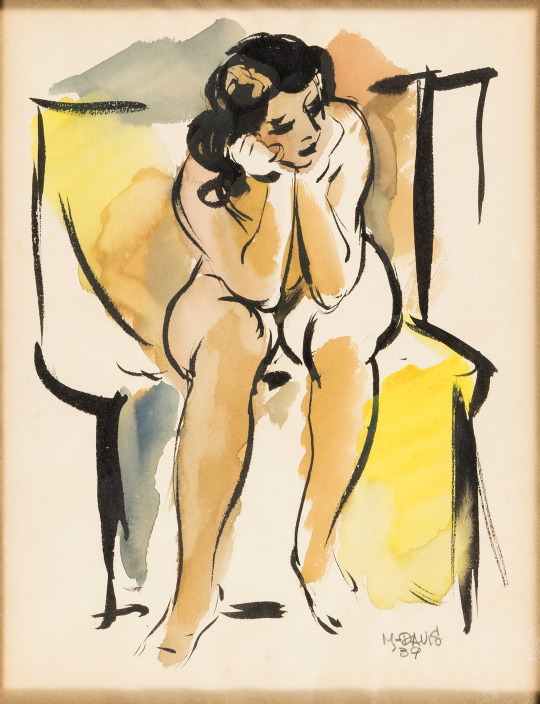
Marc Davis The Day Dreamer Published Original Watercolor Painting (Walt Disney, 1939)
Created during one of the Walt Disney Studio's anatomy drawing classes.
143 notes
·
View notes
Text
Alice in Wonderland: Animated (1951) v Live Action (2010)

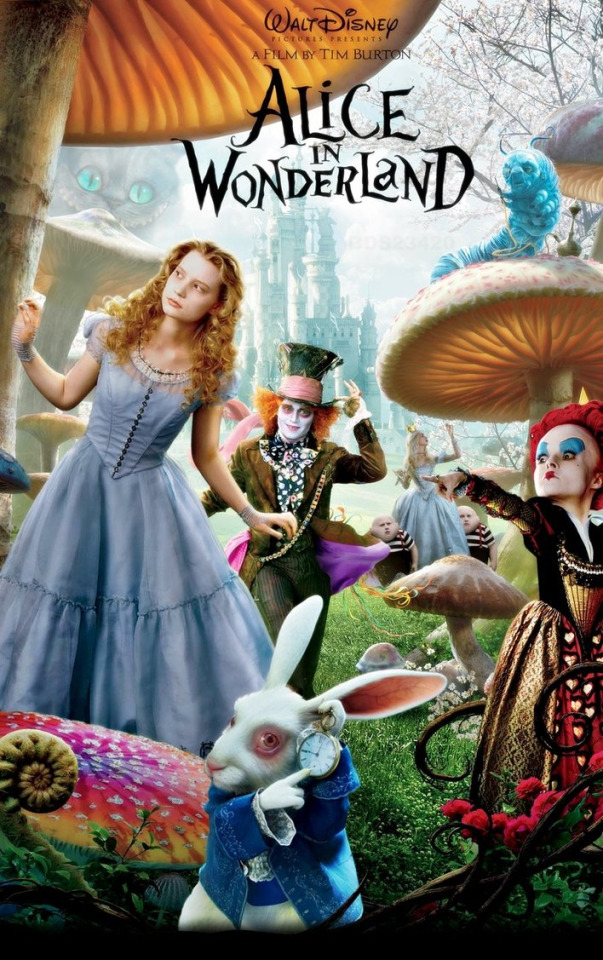
You do not have to see both to vote, but it might have been helpful.
Feel free to share opinions or explanations with comments/tags/rbs
#original or remake#alice in wonderland#yen sids poll#disney#disney animated movies#disney live action#marc davis#eric larson#les clark#kathryn beaumont#ed wynn#tim burton#mia wasikowska#helena bonham carter#anne hathaway#mad hatter#queen of hearts#white rabbit#lewis carroll#unbirthday#cheshire cat
58 notes
·
View notes
Photo
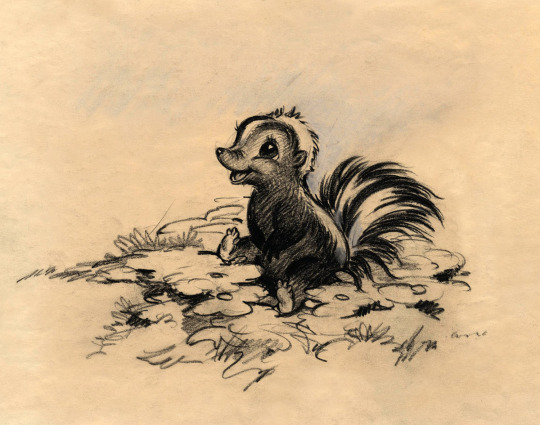
#Marc Davis#bambi#bambi 1942#flower#concept art#character designs#disney#disneyedit#disney edit#capturingdisney#*
277 notes
·
View notes
Text
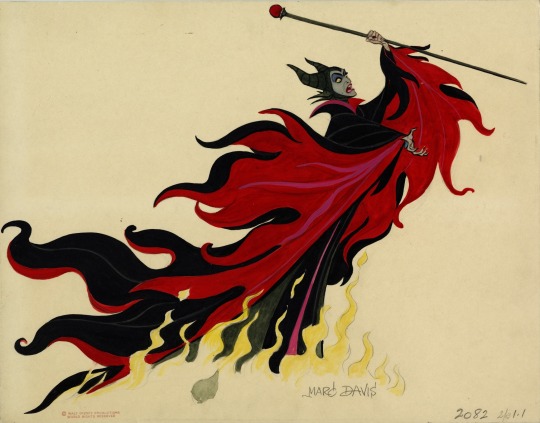
Maleficent by her animator, Marc Davis
176 notes
·
View notes
Photo





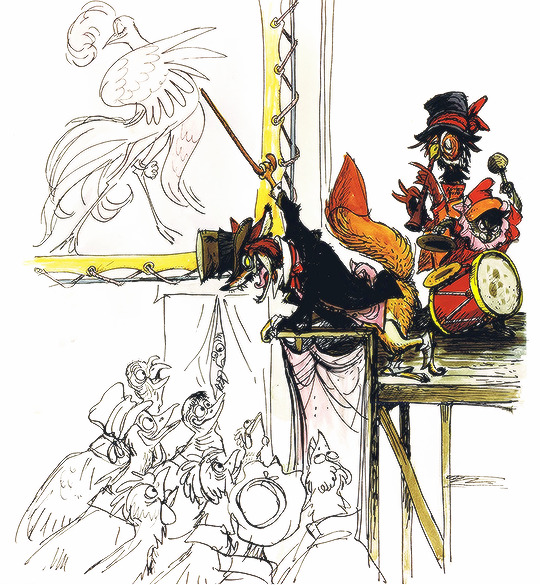
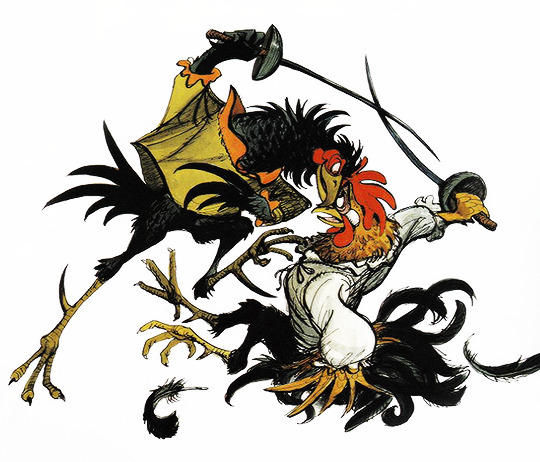
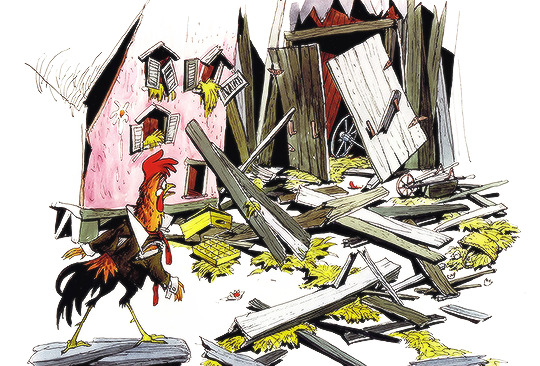

Chanticleer concept art by Marc Davis
Chanticleer is likely the most famous of all canceled projects at the Walt Disney Animation Studios. Although these drawings were done in the early 1960s, the studio had been trying since the late 1930s to develop a feature film based on two French stories: the play Chantecler by Edmond Rostand and the Roman de Renart or Reynard the Fox, a literary cycle first collected in 11th-century Europe. The two stories were initially developed separately. Storymen Ted Sears and Al Perkins were the first to work on them, but they quickly ran into the same problem that would constantly plague Chanticleer for its entire development existence: how to make an arrogant rooster into an appealing protagonist.
Sears: We, or any other cartoon outfit, cannot depict a likable, interesting rooster character. Good animators have told me this, and only some revolutionary change or inspiration would make a rooster character sympathetic.
Development on Reynard also ran into similar problems of having a protagonist with a less-than-admirable personality, as Reynard the Fox is one of the most famous sources that propagated the image of a fox as a sly trickster. By 1945, the idea to combine the two properties came about, likely to help alleviate the problem of Chanticleer’s arrogant character by having a villain for him to play off of. Attempts to develop it again continued on through the 1940s, but nothing ever panned out.
In early 1960, Marc Davis and Ken Anderson, uninterested in any of the films in development at the time, took a trip down to the Animation Research Library to find ideas for a film they could develop on their own. Davis, being a fan of musical theater, wanted to do a big Broadway musical-style animated feature. They came across the old treatments for Chanticleer and jumped on the chance. They disregarded the original source materials (aside from the basic premises) and began to develop their own plot, envisioning it as a satiric comedy.
The story would have been about a rooster named Chanticleer who believes that his crowing makes the sun rise every morning. Everyone else in the village adores Chanticleer because they believe in his power too, and they elect him mayor of the town. However, he becomes an overbearing leader, ordering the hens to lay more and more eggs. The townsfolk come to resent him, and Reynard the fox arrives and takes advantage of the situation, wishing to exploit the village for his own benefit. He entertains the citizens, and the chickens stay up all night, becoming too tired to lay any eggs. An angry Chanticleer orders Reynard to leave, but Reynard announces that he will run for mayor against Chanticleer. Chanticleer finds himself in a duel at dawn against a Spanish rooster who works for Reynard and doesn’t realize that the sun has risen without him. Once he discovers that his crowing does not bring up the sun, he realizes his foolishness and is humbled, allowing the villagers to forgive him. Because although his crowing never made the sun come up, it did awaken the citizens for them to be able to start their days.
Cost cutting is what effectively ended Chanticleer’s chances. Walt was pressured to stop the production of animated feature films moving forward, as their already existing catalogue would have been enough for the company to profit off of during re-releases.
Davis: Walt was about ready to dump animation; then he got to thinking, “I owe these people something,” which he did. So he said, “Hell, these guys know how to make these films without me.” I don’t think the others realized how eager the members of this business gang were to get rid of animation. Everything after Dalmatians was done with a minimum of Walt’s supervision. I think he got spread very thin: he got terribly interested in the Parks, his vision of Epcot, and more.
But as preoccupied as Walt was, he didn’t have it in his heart to shut down animated film production for good. He did, however, reduce the output by setting a schedule of a new film every four years rather than every two. This meant that one of the two films in development at the time, Chanticleer and The Sword in the Stone, had to be cut. The decision was obvious, as Chanticleer would have been much more expensive to produce, and The Sword in the Stone was a simpler story with human characters and a cute underdog protagonist.
Davis: We had all the artwork up on the walls, and the money people at the studio came in like it was a funeral. We went all the way through the presentation and met with silence. Then a voice from the back of the room said, “You can’t make a personality out of a chicken!” They all filed out and that was the end of it.
Walt would soon call up Marc Davis to ask him to help out at WED (later called Imagineering), which is where Davis would stay for the remainder of his Disney career (where he would contribute to some of the most beloved Disney attractions of all time), thereby making Chanticleer the very last thing he worked on at the animation studio.
Davis: I had always kind of doubled up: I did story on an awful lot of stuff that was not made, including some damned good things. I think some of the best drawings I ever did for the Studio were for Chanticleer.
Chanticleer has grown a legacy of its own, perhaps solely because of how appealing and well-drawn Davis’ work for the project was. As animator Andreas Deja put it, “Marc designed some of the best-looking characters I’ve ever seen--those drawings want to be moved and used... The designs for Chanticleer show the same level of graphic sophistication as his paintings. When that’s combined with his very thorough knowledge of anatomy and the Disney appeal, the result is outstanding.”
Mel Shaw attempted to rework a new treatment for Chanticleer in 1981, but it was quickly squashed. In 1992, Don Bluth, an ex-Disney animator who, like everyone else, loved Marc Davis’ work on Chanticleer, tried his hand at the story himself with the film Rock-A-Doodle, though to little critical or commercial acclaim.
Although Marc Davis never worked on an animated film again after Chanticleer, some of the designs he created for that film did find their way into his WED project America Sings and later Splash Mountain, when the animatronics from America Sings were repurposed.
research sources from [x][x][x], The Disney That Never Was: The Stories and Art of Five Decades of Unproduced Animation by Charles Solomon, and Marc Davis: Walt Disney’s Renaissance Man, Chanticleer chapter by Charles Solomon
photo sources [x][x][x]
250 notes
·
View notes
Text

The Haunted Mansion, Disneyland
Graveyard musicians concept by Marc Davis
59 notes
·
View notes
Text


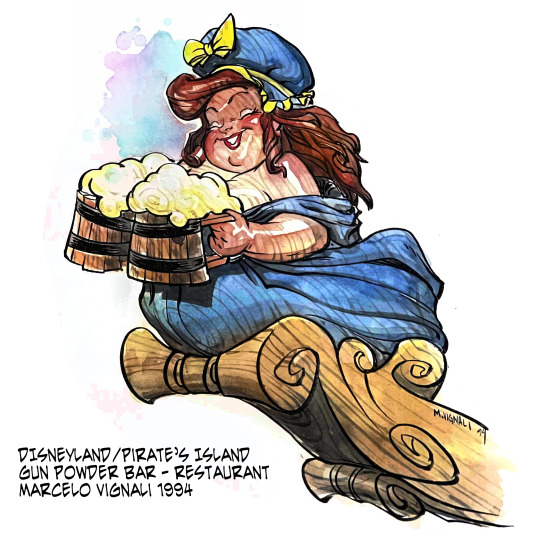
More LOST DISNEY ART. (Brush Pen Ink and Watercolor 1994)
I know... the title is a little "click-baity". Technically this work is not lost -- I'm sure the originals are buried somewhere in the vaults at Imagineering, but these drawings haven't been seen in nearly 30 years.
It was before the digital age, so hard copies of these drawings remained in my flat file tucked away inside a manilla folder mis-labelled "Tokyo roughs". I found them by chance while going through my files looking for theme park work for my website, www.vignalistudio.com
The Big Idea:
Legendary Disney Imagineer Eddie Sotto had come up with an idea called Pirate's Island where we were going to revamp Tom Sawyer Island (TSI) at Disneyland and turn it into a pirate's lair. This was back in 1994, waaay before the Pirates of the Caribbean movies... so the idea was truly ahead of its time.
At the center Eddie imagined there would be a large cavern where the pirates had brought their booty, and in it was built a bar where guests could dine. Eddie had asked me to come up with some ideas for things to put in the bar, I sketched out several things...and that's when I thought of these lovely ship's figureheads. I worked them out in color so we could add this to our pitch.
I even remember I had roughed out the entire bar and was planning to do one of those large drawings of the interior... unfortunately soon afterwards the project was scrapped. Eddie's Pirate's Island was a great idea that was short lived... but the big-idea was so strong that when the Pirates of the Caribbean movie came out this idea resurfaced and TSI was finally turned into Pirate's Lair.
Working with Eddie was one of the highlights at Disney Imagineering. His imagination and energy was infectious, and his ability to ideate with a pen really did teach me the importance of moving quickly to visualize the entire project.
#disneyland#lostdisney#pirates of the caribbean#marc davis#disneyimagineering#imagineering#figurehead#Marcelovignali#ink and watercolor
93 notes
·
View notes
Text

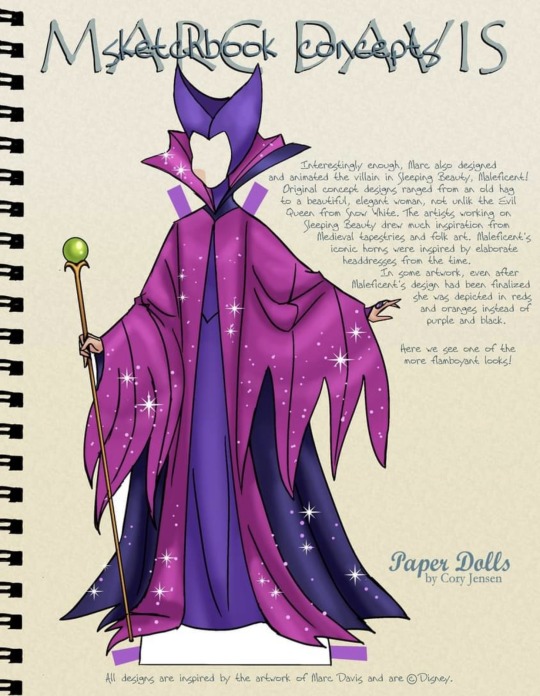
41 notes
·
View notes
Text
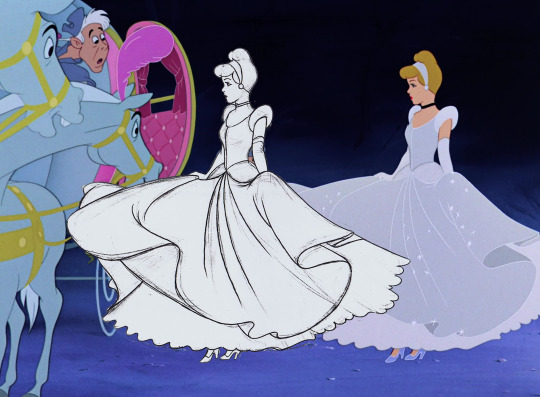
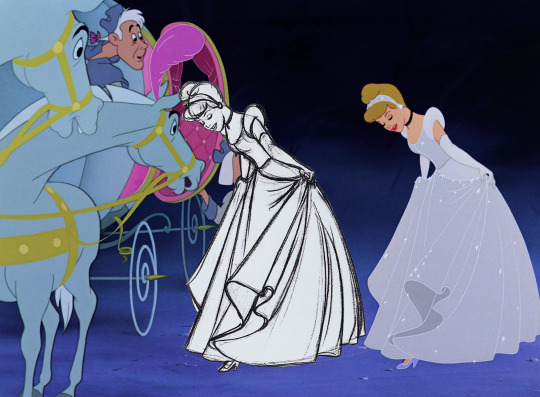
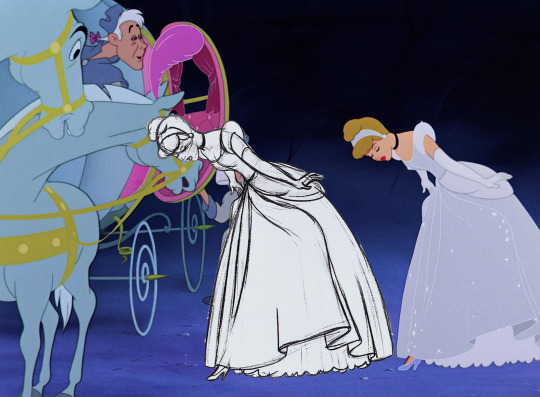
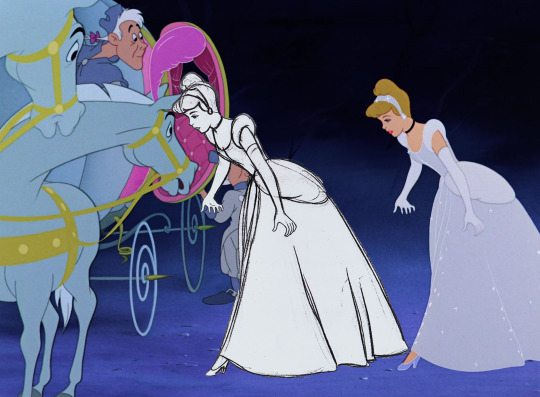

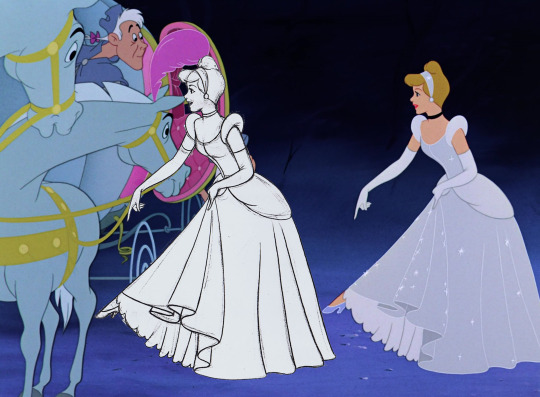

𝐂𝐢𝐧𝐝𝐞𝐫𝐞𝐥𝐥𝐚 𝐚𝐧𝐢𝐦𝐚𝐭𝐢𝐨𝐧 𝐤𝐞𝐲𝐬 𝐛𝐲 𝐌𝐚𝐫𝐜 𝐃𝐚𝐯𝐢𝐬
#trying something new#disney#cinderella#marc davis#animation drawing#animation keys#disney animation#disney concept art#concept art#animation art#art#artwork#illustration#disneyedit#disney art#comparison#animation#mine
2K notes
·
View notes
Text
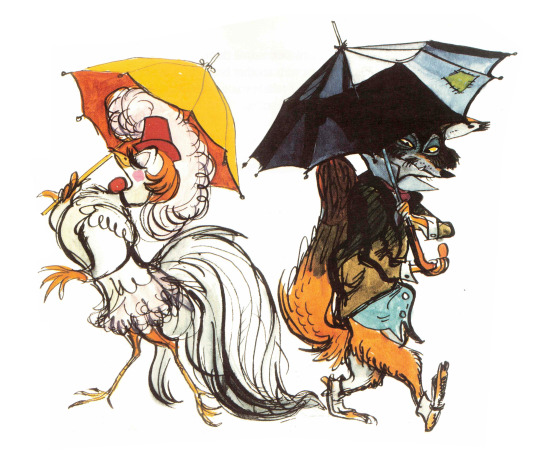
Marc Davis's concept art for Disney's Chanticleer/Reynard project (later reworked into Robin Hood)
327 notes
·
View notes
Text
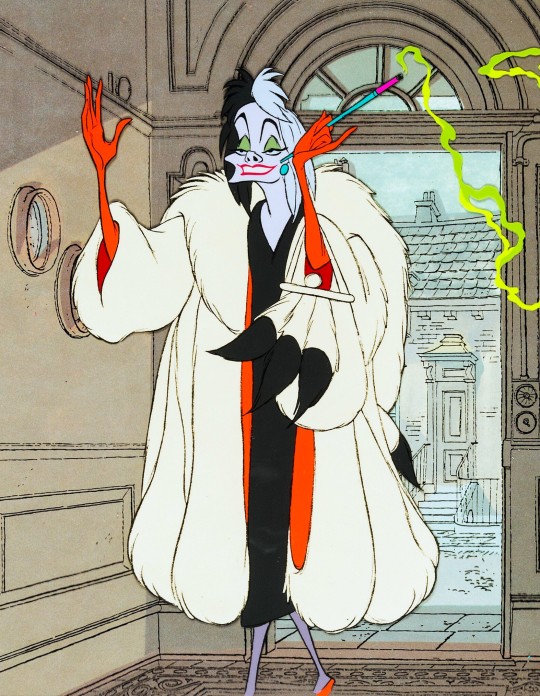
Cruella de Vil - 101 Dalmatians animation cel (1961)
#cruella de vil#101 dalmatians#animated features#animation cels#disney classics#60s animation#wolfgang reitherman#betty lou gerson#marc davis#walt disney productions#60s movies#sixties#1961
105 notes
·
View notes
Text
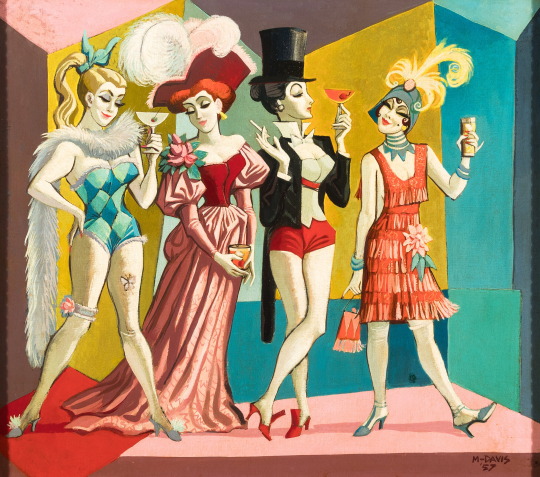
Marc Davis Alphonse's Restaurant Original Acrylic Painting (Walt Disney, 1957)
102 notes
·
View notes
Text
Cinderella: Animated (1950) v Live Action (2015)
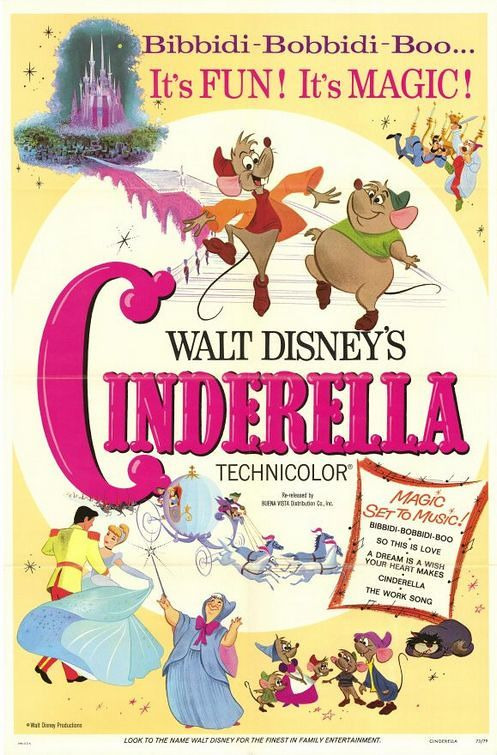
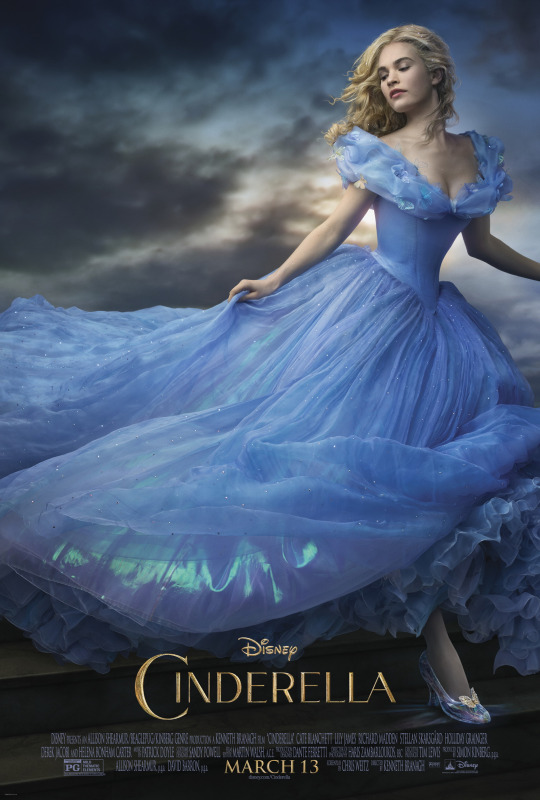
You do not have to see both to vote, but it might have been helpful.
Feel free to share opinions or explanations with comments/tags/rbs
#original or remake#cinderella#yen sids poll#cinderella 1950#cinderella 2015#lily james#prince charming#lady tremaine#jaq and gus#richard madden#cate blanchett#disney#disney animated movie#disney live action#eleanor audley#fairy godmother#ilene woods#marc davis#helena bonham carter
13 notes
·
View notes